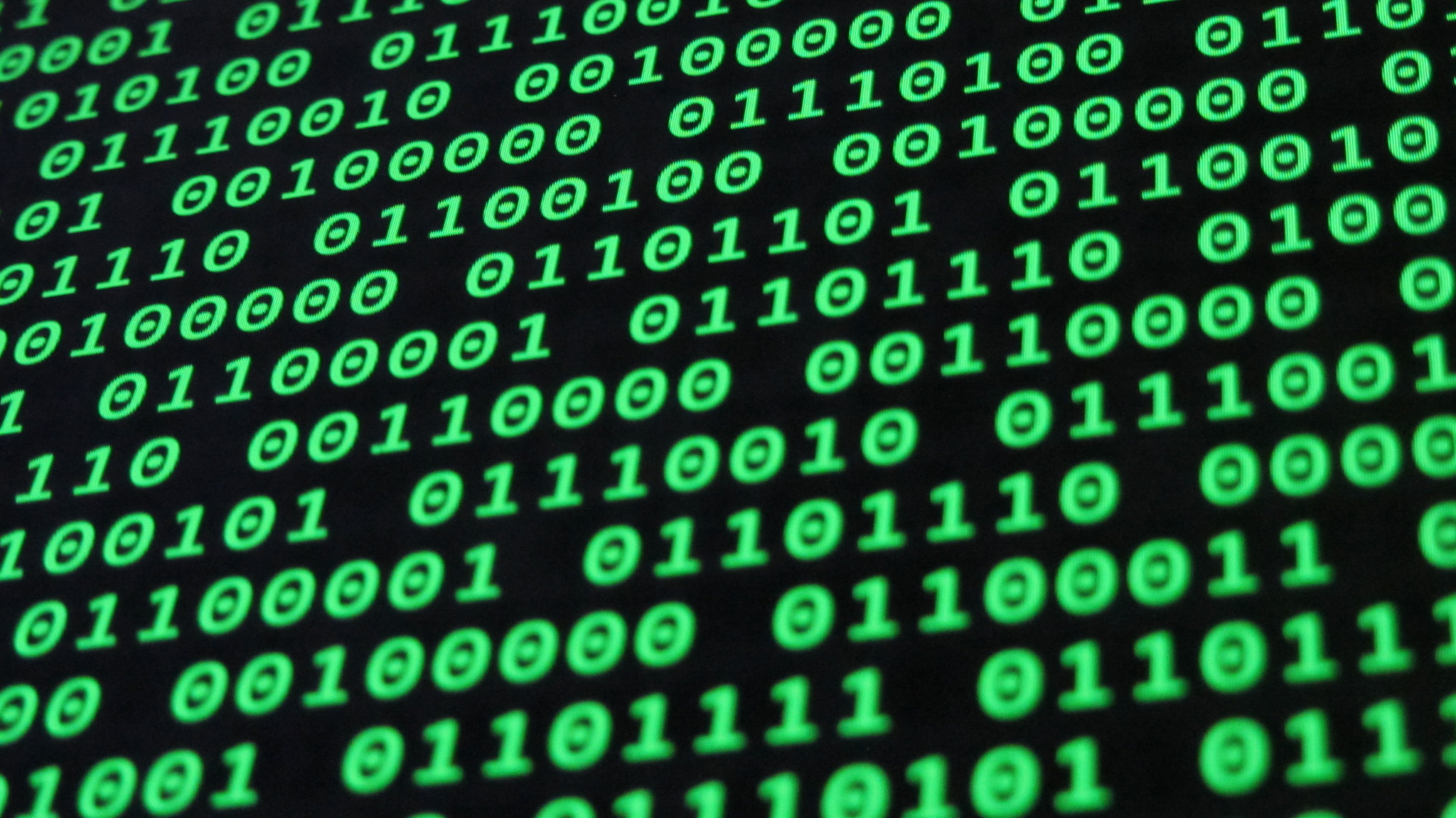Flat Doesn’t Have to Mean Cold or Bland
During a recent trip to Los Angeles, I took a trip with my wife and three-year-old daughter to the Japanese American National Museum to take in the Hello Kitty exhibit there. The show presented a huge retrospective of Hello Kitty products and art, and as I noted the consistency and simplicity of the design over the years, I got to thinking about the current back-and-forth over flat design in electronic media.
The web and app design world is all about the flat aesthetic these days, and discussion of its fitness to screen-based media and debate about its limitations. The trend has become so dominant that it has some designers pushing back, lamenting the days of skeuomorphic craftsmanship (see Eli Schiff’s Fall of the Designer post).
While in general I’ve welcomed and to some degree internalized the flat design trend, I’ve seen more than a few examples of flat web design taken to extremes of nakedness that indicate to me we might be at the crest of a trend wave.
Flat or bland, take your pick:

So, is it a fad? Or is it a more permanent shift, even a more natural state of things, as digital products move into the center of our lives? Was the glass bubble and wood panel aesthetic of material facsimile just training wheels for people transitioning from physical products to software?
As much as I prefer the iOS7 redesign to the right, I feel like there is some fun lost by saying goodbye to the corny vintage microphone:

So basically, I can see both sides to the argument. Flat design often means a loss of some warmth and character, and I can see the objection to ‘flat is better’ just because. It’s important to remember that flat, minimal aesthetic need not be alienating; that is work left to the designer.
One argument in favor of longevity and flexibility of a flat design aesthetic is presented by the massive design library of the Hello Kitty empire. In the case of Hello Kitty, the flat aesthetic dominated by bold, solid color blocks and two-dimensional abstractions has been a constant thread for four decades now, with current representations entirely in spirit with the first ones to appear in the 1970s.
From the beginning:

To today:

Of course, much of the consistency can be attributed to the longevity of Yuko Yamaguchi, who has been the longest-running designer to be responsible for the Hello Kitty character at Sanrio. Still, the ability for the design to hold up over so long and so many different variations is a testament to its staying power.
The big takeaway I get from observing the Hello Kitty world is that even if it’s very simple and restrained, none of it seems cold. The Hello Kitty aesthetic is simultaneously tidy and fun, a strange merger of super approachable and when you stop to notice, surprisingly bare. Details are abstracted away, leaving simple shapes, but the designs remain expressive.
If the risk of flat design is blandness – and I think it is a real risk – Hello Kitty offers that it can be mitigated by bold color choices and playful forms. Hello Kitty really has made an asset of simplicity: it never looks dated or goes out of style, always somehow looking of the moment.
It’s worth noting that the pre-iOS7 interface designs in the iPhone didn’t display up-to-date physical instruments. The microphone had to be a vintage microphone; the podcast player an old-school reel-to-reel tape simulation. This was a clever move to avoid tying the physical metaphors to something destined to become yesterday’s model, to cast them as items already coated in a nostalgic glow.
And yet, right now that look has gone out of style anyway. And someday, no doubt, the flattened-out paper-cutout assemblage style displayed these days in examples like these emojis will feel less of-the-moment.

The emoji redesign project by Vittorio Perotti and Giulia Zoavo is one of the cooler examples I can point to of flat design done well. And to me, it’s proof of the applicability of some of what I observe in Hello Kitty style. It feels a lot more Hello Kitty flat than iOS flat.
Read more:







